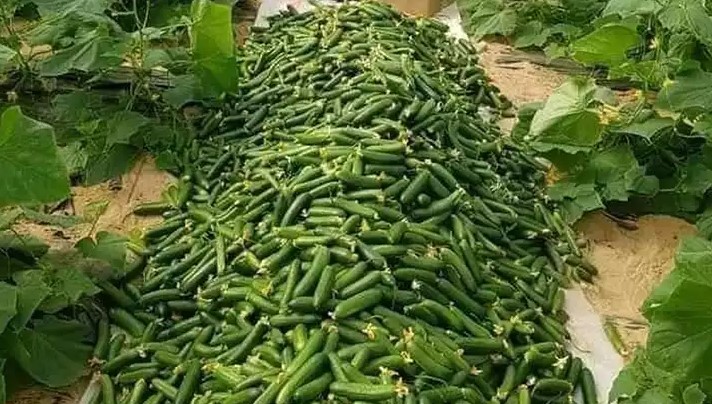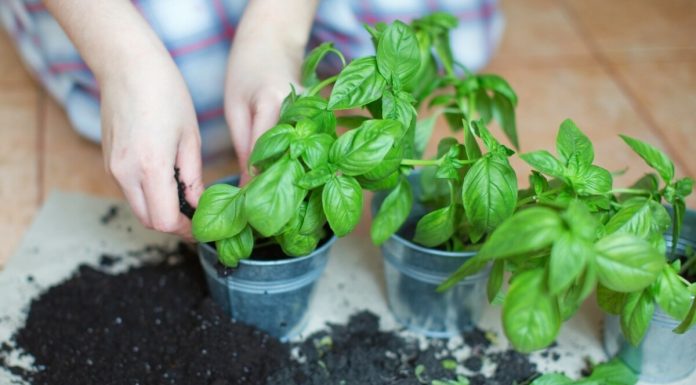
Why Go Vertical With Your Cucumbers?
Vertical gardening isn’t just a space-saver; it also reduces the risk of disease, improves air circulation, and can lead to a more abundant harvest. By growing cucumbers up rather than out, you’re maximizing your garden’s productivity per square foot.
Benefits of Eggshell Fertilizer
Eggshells are rich in calcium, a critical nutrient for plants, especially cucumbers that require a lot to avoid issues like blossom end rot. They also contain other essential minerals like potassium and phosphorous, promoting healthy growth and fruit development.
Starting Your Vertical Cucumber Garden
- Choose the Right Variety: Select cucumber varieties that are known to climb and have vigorous growth habits. Varieties like ‘Marketmore’ or ‘Straight Eight’ are excellent for vertical growth.
- Create Your Eggshell Fertilizer:
- Rinse out your collected eggshells to remove any egg white residue.
- Allow them to dry and then crush them into a fine powder. A mortar and pestle or a rolling pin works well for this.
- Store the powder in a jar until you’re ready to use it.
- Prepare the Soil: Work the soil in your garden bed or container, ensuring it is loose and well-draining. Mix in your eggshell powder or sprinkle it in the planting hole before adding your cucumber seedlings.
- Set Up Your Vertical Structure: Before you plant, install your vertical supports. Trellises, garden nets, or even repurposed items like old ladders can work well. Ensure they’re sturdy enough to support the weight of growing cucumbers.
- Planting: Space your cucumber plants about 18 inches apart along the base of your vertical structure. This gives each plant enough room to grow without overcrowding.
- Guide the Growth: As your cucumbers sprout and grow, gently guide them onto the vertical supports. You can tie them loosely with garden twine if they need a bit of help staying put.
- Watering and Care: Cucumbers require consistent moisture, so water them regularly, especially during dry spells. Using a mulch can help retain soil moisture and keep weeds at bay.
- Monitor and Harvest: Keep an eye on your plants for pests or signs of nutrient deficiency. Harvest your cucumbers when they’re medium-sized to encourage continuous production.
By implementing these steps, you’ll enjoy a thriving vertical cucumber garden that’s both sustainable and space-efficient. Not only will your cucumbers be healthier and more productive, but you’ll also be reusing kitchen waste, making this method as eco-friendly as it is effective. Happy gardening!










